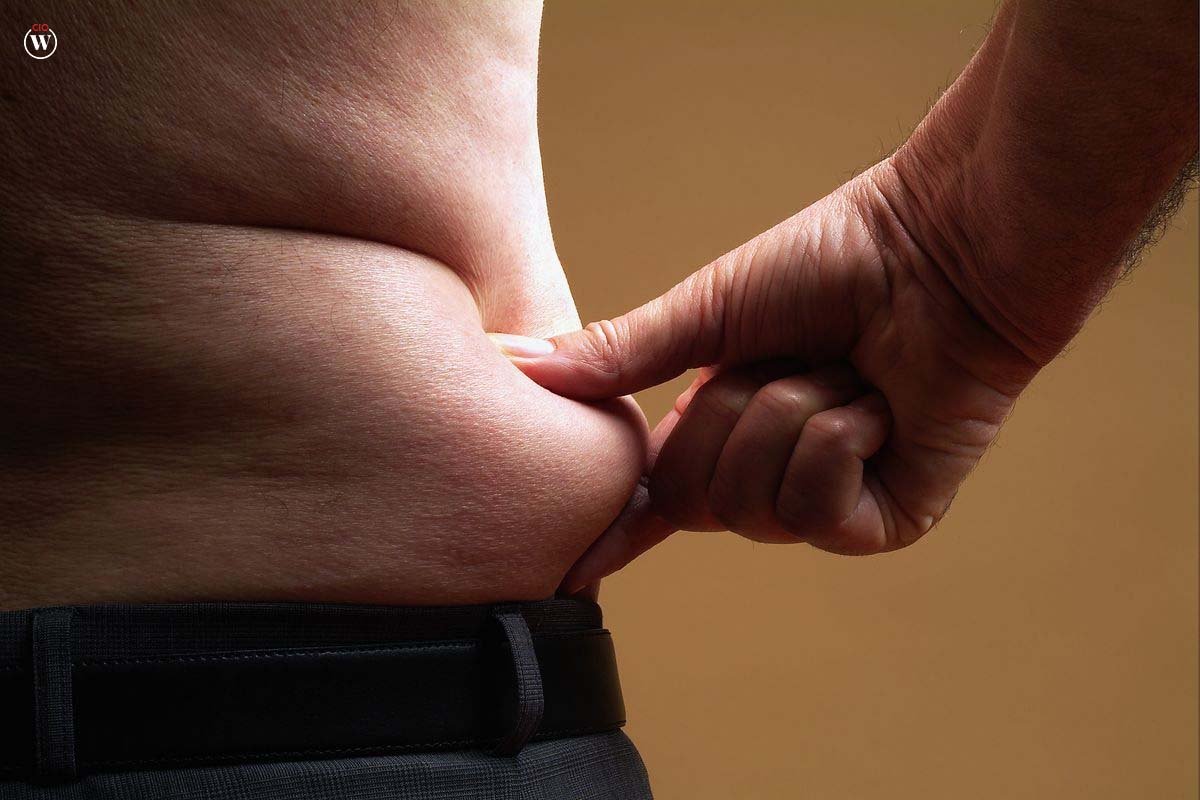Changes in lifestyle may help avoid the emergence of type 2 diabetes, the most prevalent kind of illness. Prevention is particularly crucial if you are already at a higher risk of type 2 diabetes due to being overweight or obese, having high cholesterol, or having a family history of diabetes.
The Mayo Clinic does not recommend any businesses or products as habits to avoid Diabetes. Our non-profit mission is supported by advertising money. If you have prediabetes (high blood sugar that does not meet the criteria for diabetes), lifestyle adjustments may prevent or postpone the development of illness.
Implementing a few lifestyle adjustment habits to avoid Diabetes today may help you prevent the significant health issues of diabetes, such as nerve, kidney, and heart damage, in the future. It is never too late to begin.
Here are the different habits to avoid Diabetes;
1. Get rid of excess weight
Diabetes is reduced by losing weight. Participants in one big trial lowered their chance of acquiring diabetes by almost 60% after decreasing 7% of their body weight via changes in activity and food.
habits to avoid Diabetes development, the American Diabetes Association advises that persons with prediabetes lose 7% to 10% of their body weight. Further weight reduction will result in even bigger advantages.

Determine your weight-loss target depending on your present body weight. Discuss with your doctor realistic short-term objectives and expectations, such as losing 1 to 2 pounds each week.
2. Increase your physical activity.
Regular physical exercise has several advantages. You may benefit from exercise habits to avoid Diabetes in the following ways:
Reduce your weight
Reduce your blood sugar levels
Increase your insulin sensitivity, which aids in keeping your blood sugar within a reasonable level.
Most people weight reduction and maintenance goals include the following:
Aerobic activity. Aim for 30 minutes or more of moderate to intense cardiovascular activity on most days, for a total of at least 150 minutes per week, such as brisk walking, swimming, bicycling, or running.
Resistance training. Resistance training at least twice a week improves your strength, balance, and capacity to live an active life. Weightlifting, yoga, and calisthenics are examples of resistance exercises.
Inactivity is limited. Long periods of inactivity, such as sitting at a computer, may be broken up to help regulate blood sugar levels. Every 30 minutes, take a few minutes to stand, move about, or perform some mild exercise.
3. Avoid trendy diets in favor of healthier alternatives.
Several trendy diets, such as the glycemic index, paleo, or keto diets, may aid in weight loss habits to avoid Diabetes. Nevertheless, there is limited data on the long-term advantages of these diets or their effectiveness in avoiding diabetes.
Your nutritional objective should be to reduce weight and then keep it off in the future. Good food selections must consequently involve a technique that can be maintained as a lifetime habit. Choosing healthy choices that reflect some of your personal culinary tastes and traditions may be helpful to you in the long run.

Divide your plate is a simple method for helping you make excellent meal choices and consume proper portion amounts. These three sections of your plate encourage healthy eating:
Fruit and nonstarchy veggies make about half of the diet.
a quarter cup whole grains
Protein-rich foods, such as beans, seafood, or lean meats, account for one-quarter of the diet.
4. Consume healthy fats
Fatty meals provide a lot of calories and should be consumed in moderation. To aid in weight loss and management, eat a range of foods high in unsaturated fats, sometimes known as “good fats.”
Unsaturated fats, both monounsaturated and polyunsaturated, help to maintain healthy blood cholesterol levels as well as heart and vascular health. Good fat sources include:
Oils such as olive, sunflower, safflower, cottonseed, and canola
Almonds, peanuts, flaxseed, and pumpkin seeds are examples of nuts and seeds.
Salmon, mackerel, sardines, tuna, and cod are examples of fatty fish.
Saturated fats, sometimes known as “bad fats,” may be found in dairy products and meats. They should only make up a minor portion of your diet. Saturated fats may be reduced by consuming low-fat dairy products, as well as lean poultry and pig.
5. Consume nutritious plant foods
Plants provide your diet with vitamins, minerals, and carbs. Carbohydrates contain sugars and starches, which serve as energy sources for your body, as well as fiber. Dietary fiber, also known as roughage or bulk, is the portion of plant foods that your body is unable to digest or absorb.
Fiber-rich meal habits to avoid Diabetes help people lose weight and reduce their risk of diabetes. Consume a range of fiber-rich, healthful foods, such as:

Fruits such as tomatoes, peppers, and tree fruit
Leafy greens, broccoli, and cauliflower are examples of nonstarchy vegetables.
Beans, chickpeas, and lentils are examples of legumes.
Whole grains including whole wheat pasta and bread, whole grain rice, whole oats, and quinoa
Fiber has the following advantages:
Slowing sugar absorption and decreasing blood sugar levels
Interfering with dietary fat and cholesterol absorption
Addressing additional risk factors for heart disease, such as high blood pressure and inflammation
Since fiber-rich meals are more satisfying and energy-dense, they may help you eat less.
Avoid “bad carbs,” which are heavy in sugar with no fiber or nutrients: white bread and pastries, white flour pasta, fruit juices, and processed meals containing sugar or high-fructose corn syrup.









